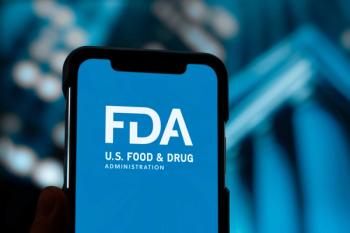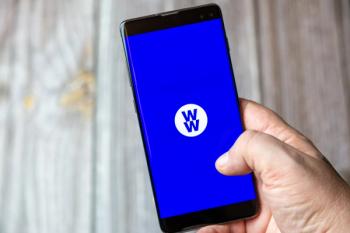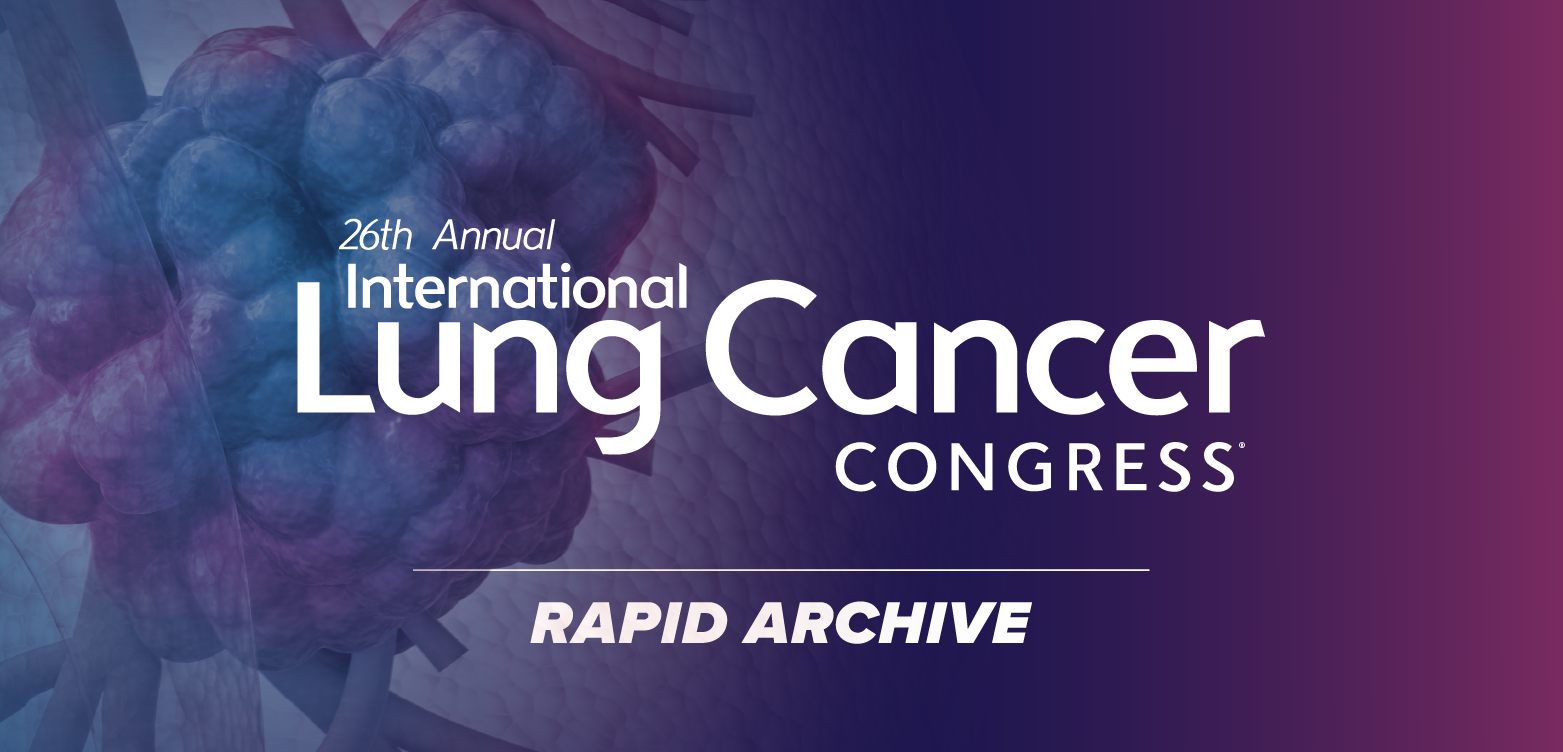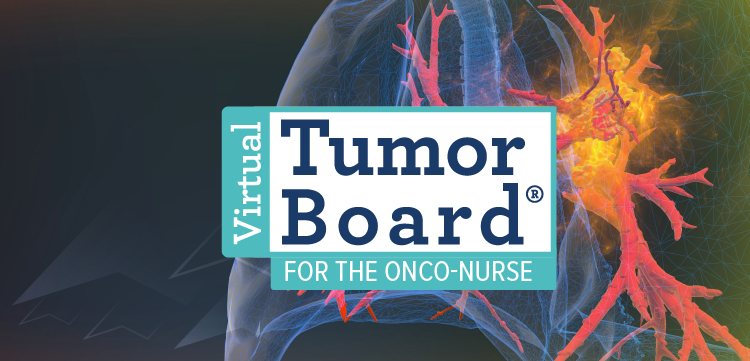
Out-of-Pocket Costs Impact Medication Access for Some Medicare Beneficiaries with Schizophrenia
Low-income subsidies can eliminate much of the out-of-pocket costs that patients must pay.
Antipsychotic medications can be cost-prohibitive for Medicare beneficiaries not receiving full-time low-income subsidies, requiring policy initiatives to reduce financial barriers to access. This is according to a poster1 presented at the American Society of Health-System Pharmacists 2022 Midyear Clinical Meeting, held December 4 to 8 in Las Vegas, Nevada.
Antipsychotic medication adherence is critical and can reduce the risk of both relapse and psychiatric hospitalizations for patients with schizophrenia. Approximately half of these patients are covered through Medicare via full-time low-income subsidies and low or no fixed copayments. However, patients with partial or no low-income subsidies can face “substantial” costs through Medicare Part D cost-sharing.
To review the out-of-pocket costs for antipsychotic medications by low-income subsidy status, researchers utilized claims data from 2019. Beneficiaries with claims from continuous fee-for-service Medicare Parts A, B, and D were included. Median out-of-pocket costs for a 30-day medication supply were estimated across generic and brand oral antipsychotics and first- and second-generation long-acting injectables.
The total sample included 283,813 Medicare beneficiaries with schizophrenia who were using antipsychotic medications. Ninety percent of these patients had full-time low-income subsidies, 1% had partial subsidies, and 9% had no low-income subsidies. Those with no subsidies experienced the highest median out of pocket costs; median out of pocket costs for a 30-day generic or brand name oral antipsychotic were $11.30 and $165.10 and $24.06 and $393.26for first- and second-generation long-acting injectables, respectively. Comparatively, patients with full low-income subsidies paid $1.20, $3.68, $1.34, and $4.07 for each category of medication.
Although the vast majority of Medicare beneficiaries qualify for full low-income subsidies and therefore pay minimal out-of-pocket costs for antipsychotic medications, “the remaining 10% face substantial [out-of-pocket costs],” particularly for oral antipsychotic and second-generation long-acting injectables. “Although partial [low-income subsidy] beneficiaries face lower [out-of-pocket] costs…the financial burden remains a challenge as they lie below 150% of the federal policy level,” the researchers noted.
“Our analyses suggest that policy efforts alleviating financial barriers to antipsychotic utilization are needed for non-[low-income subsidy] and partial [low-income subsidy] beneficiaries,” the authors concluded.
Reference
- Li P, Benson C, Geng Z, Seo S, Doshi JA. Out-of-pocket costs for long-acting injectable and oral antipsychotics by low-income subsidy status of Medicare Part D beneficiaries with schizophrenia. Presented at: American Society of Health-System Pharmacists 2022 Midyear Clinical Meeting and Exhibition; December 4-8, 2022; Las Vegas, NV. Poster 8-130.
Newsletter
Get the latest industry news, event updates, and more from Managed healthcare Executive.

















































